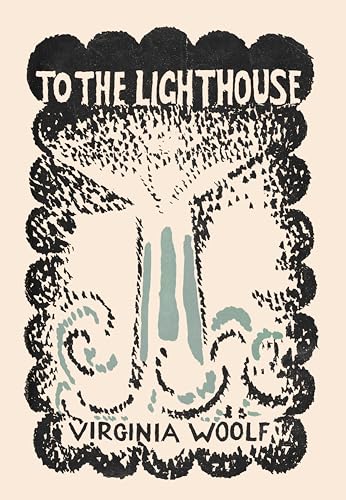In Jacob's Room, Virginia Woolf takes readers on a journey through the life of Jacob Flanders, a young man coming of age in early 20th-century England. Through Woolf's vivid and evocative prose, we see Jacob navigate the complexities of love, friendship, and societal expectations as he grows from a boy into a man. Woolf's experimental narrative style and use of stream of consciousness add a layer of depth to the story, allowing readers to fully immerse themselves in Jacob's thoughts and experiences. As we follow Jacob through his life, we also witness the changing world around him, from the political upheaval of World War I to the shifting social norms of the time. Through it all, Woolf's writing captures the essence of a generation coming of age in a rapidly changing world.
Virginia Woolf
Virginia Woolf was a prominent English writer and modernist literary figure. Known for her stream-of-consciousness writing style, she challenged traditional narrative structures and explored themes of gender, class, and mental health in her works. Some of her most notable works include "Mrs. Dalloway," "To the Lighthouse," and "Orlando." Woolf's contributions to literature include her innovative approach to character development and narrative technique, as well as her exploration of the inner lives of her characters. Her most famous work, "Mrs. Dalloway," is considered a masterpiece of modernist literature and a reflection of Woolf's unique literary voice. Woolf's impact on the literary genre is undeniable, as she paved the way for future generations of writers to experiment with form and style in their own works.



